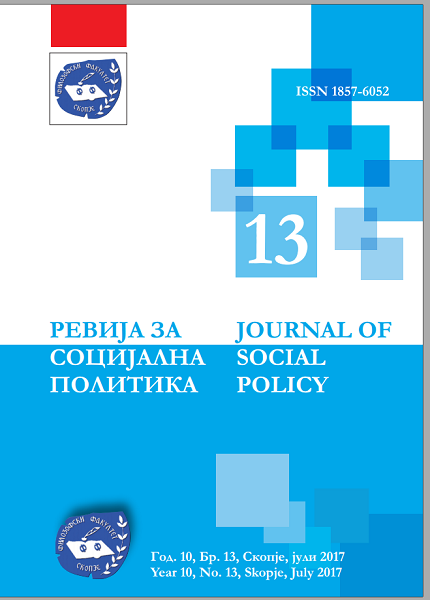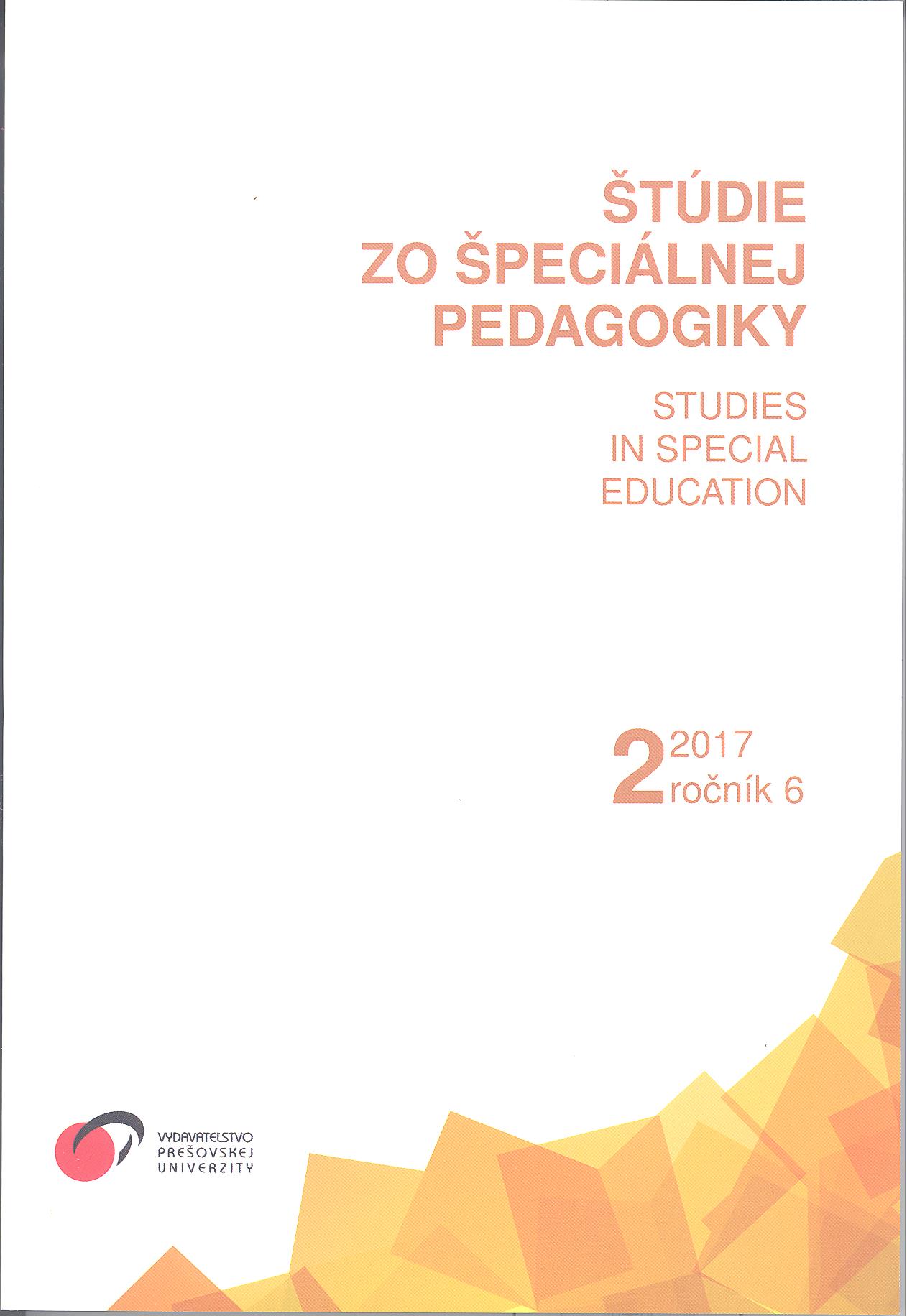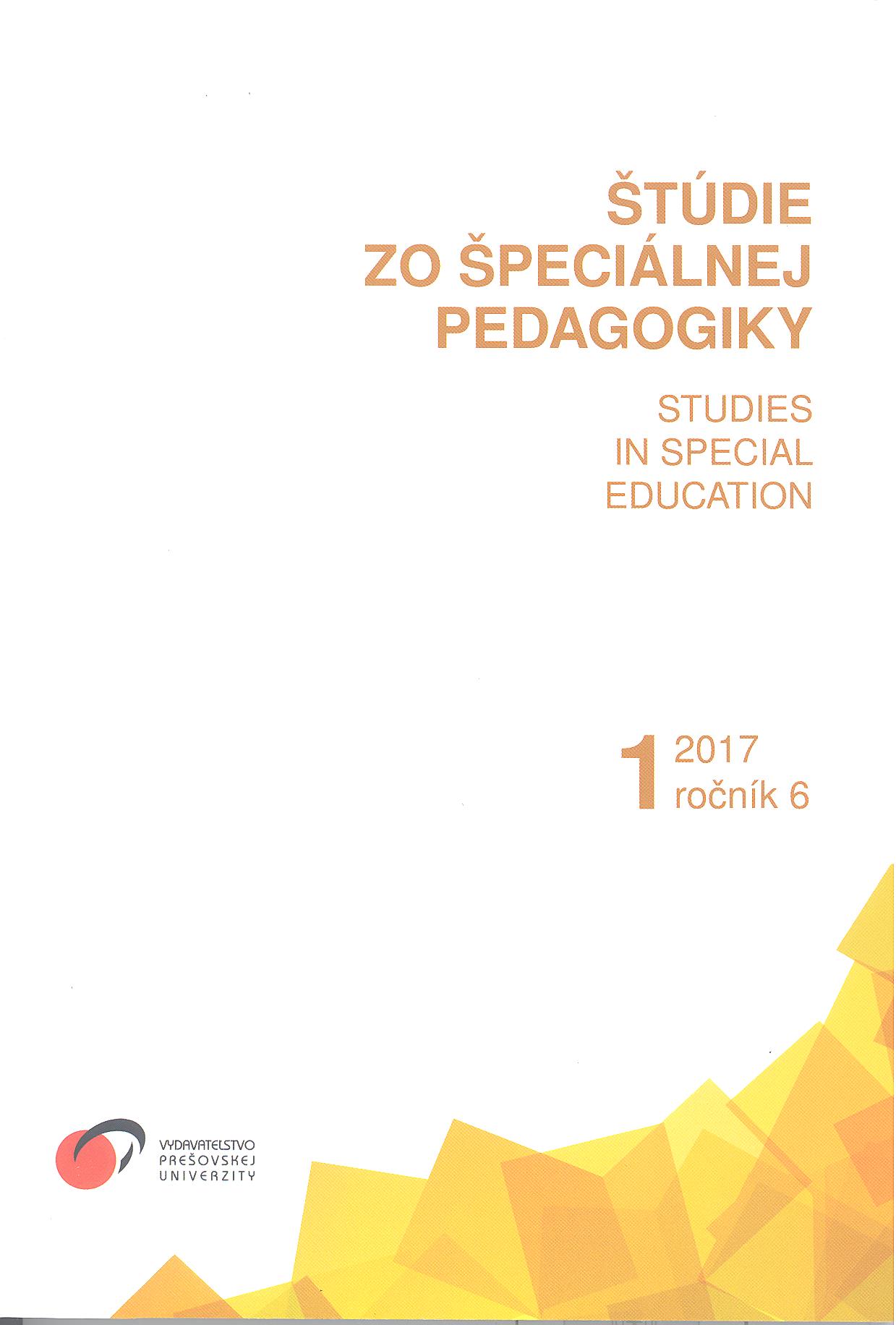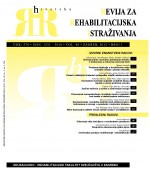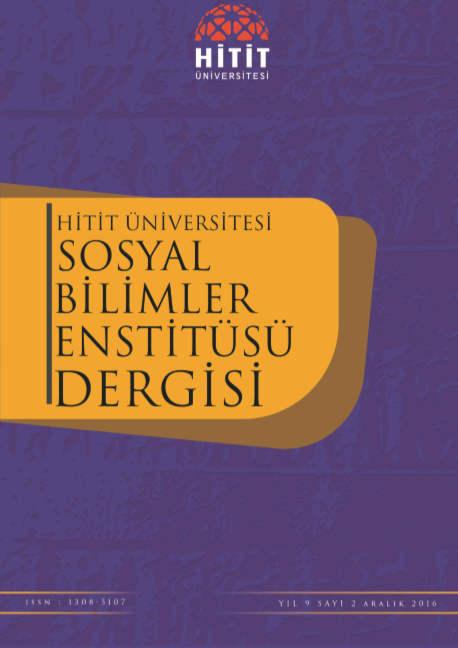
Okul Öncesi Öğretmenlerinin Farklılıkların Yönetimine İlişkin Algıları
The aim of this study is find out whether or not there is a significant difference in preschool teachers’ perceptions of Diversity Management based on some independent variables. From among the quantitative research patterns, descriptive survey model was employed in this research. The sample group of the research was composed of a total of 211 preschool teachers employed in public and private preschools within the borders of Sancaktepe and Sultanbeyli districts of İstanbul Province. Diversity Management Scale was used so as to identify Diversity Management perceptions of preschool teachers. The result of the study indicated that whereas there was no significant difference in Diversity Management perceptions of preschool teachers depending upon their gender and the number of teachers employed in their institution, a significant difference was discovered depending upon the variables of educational background, professional seniority, employment period of time in the institution and school type.
More...
